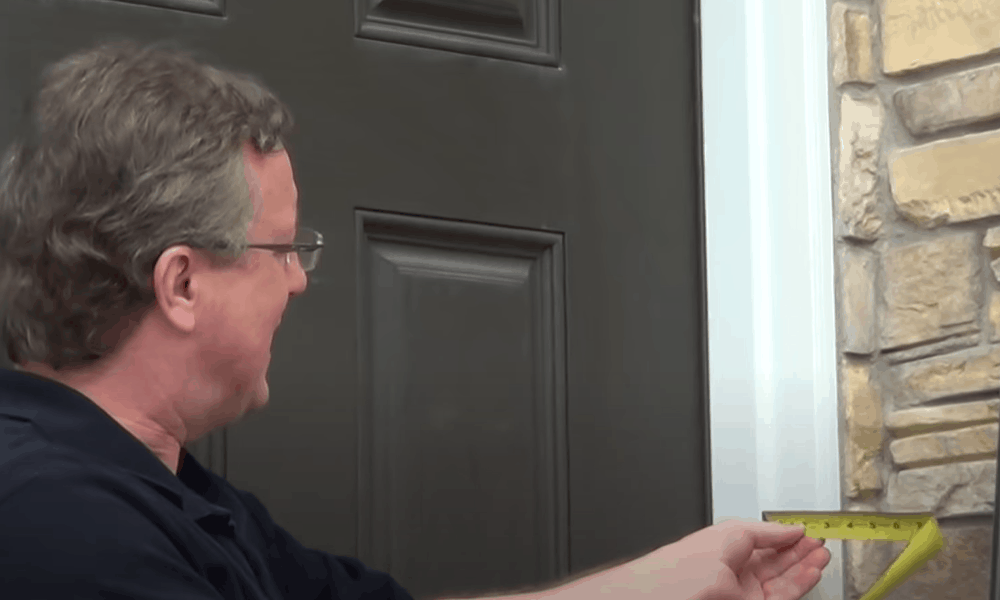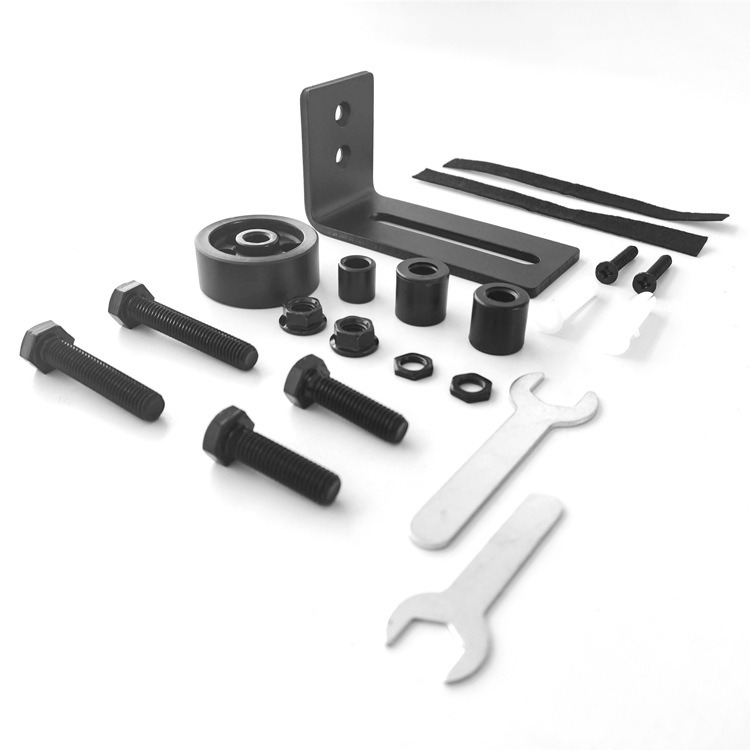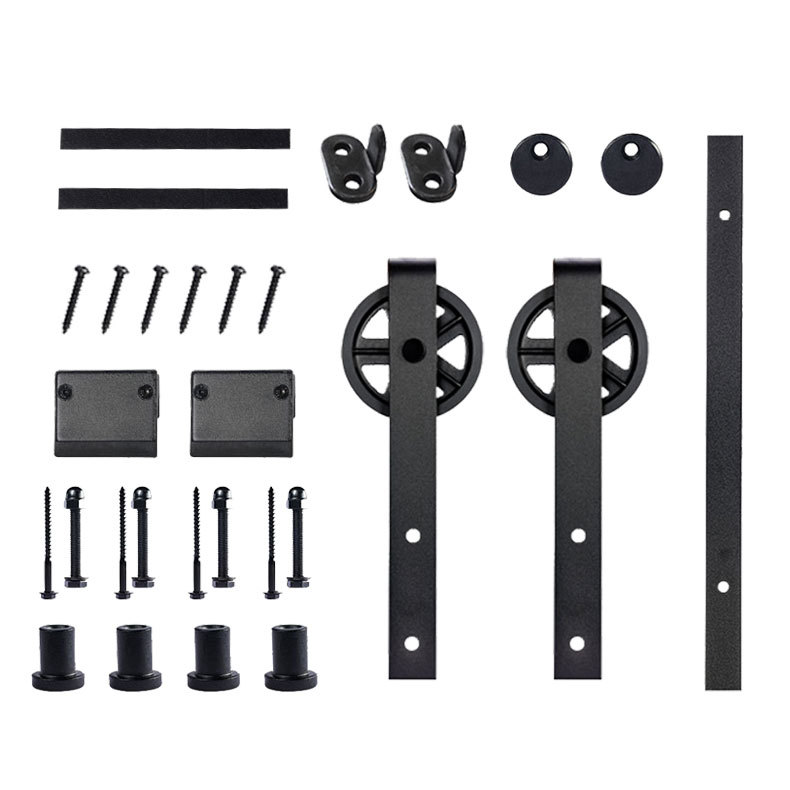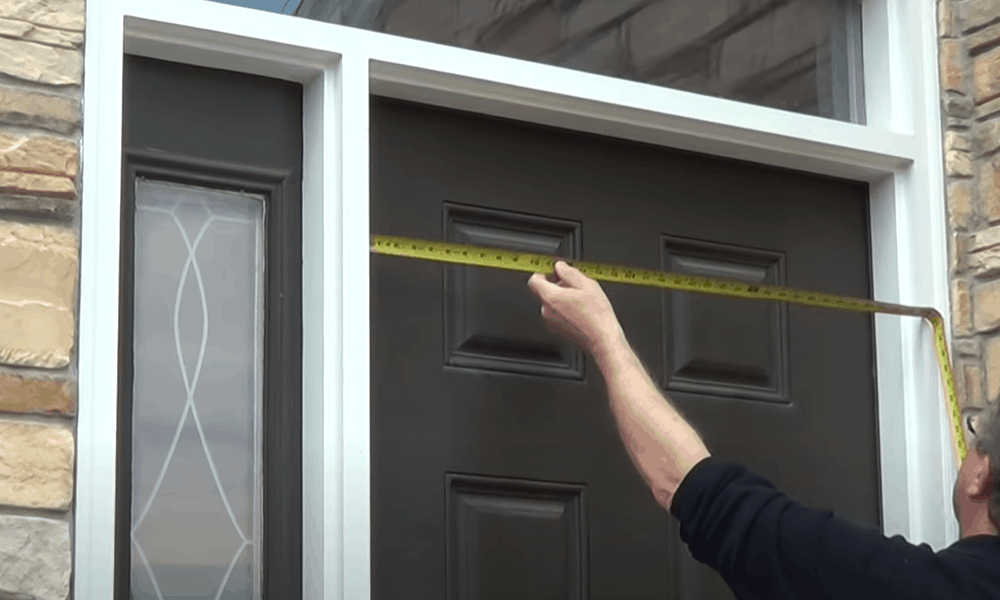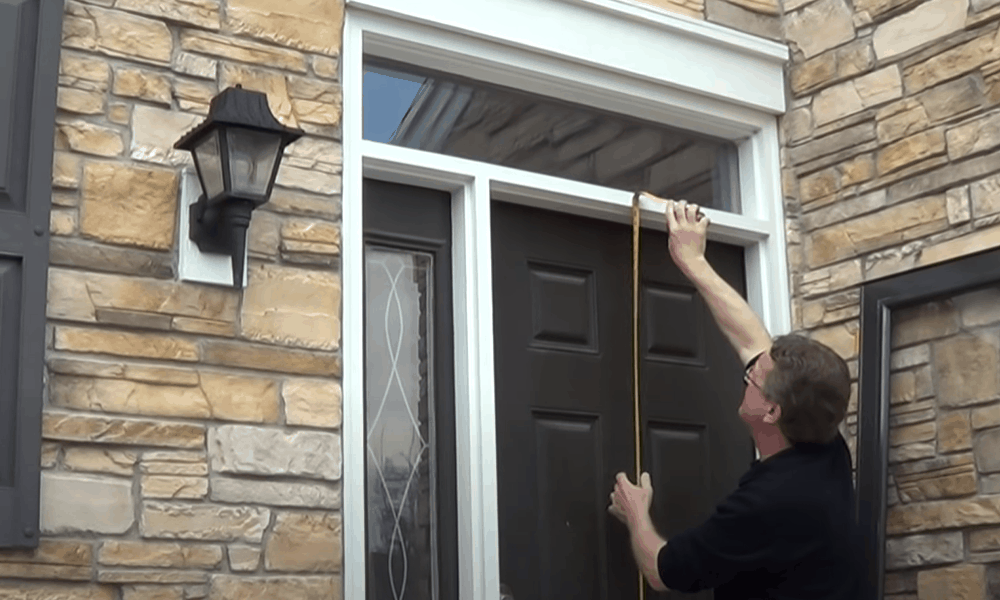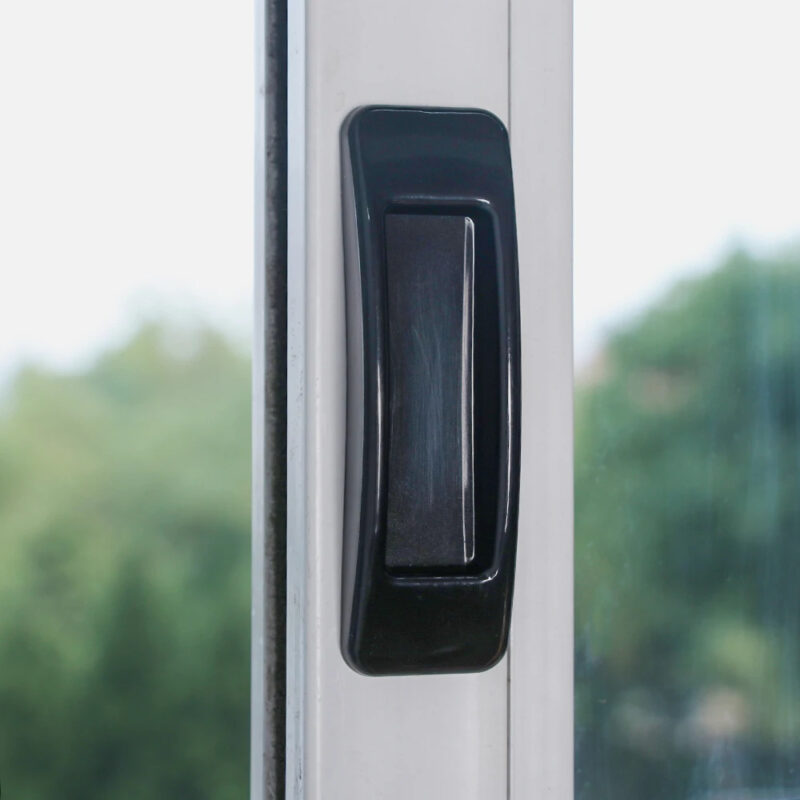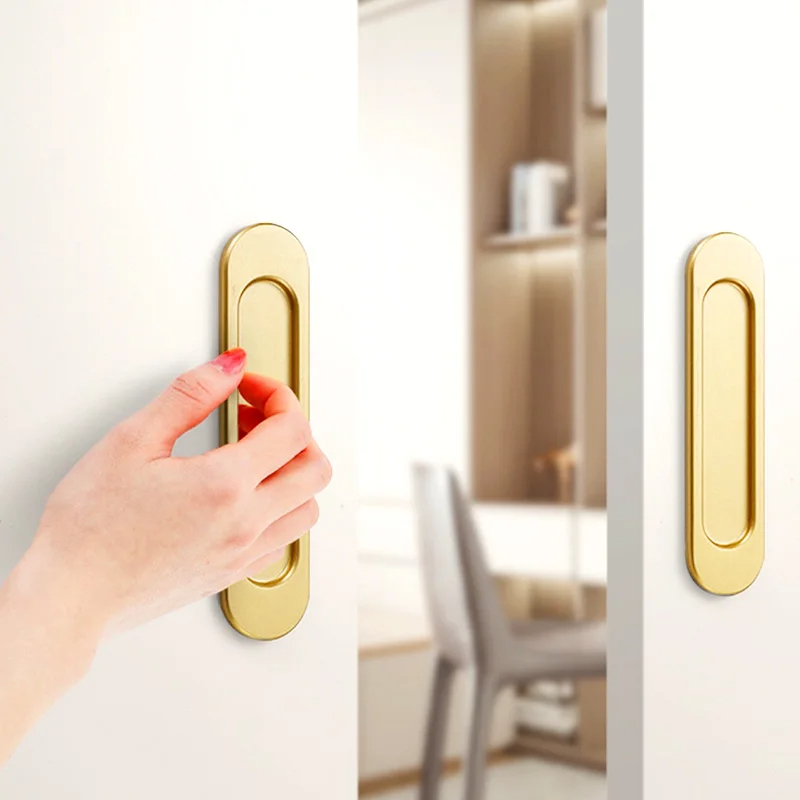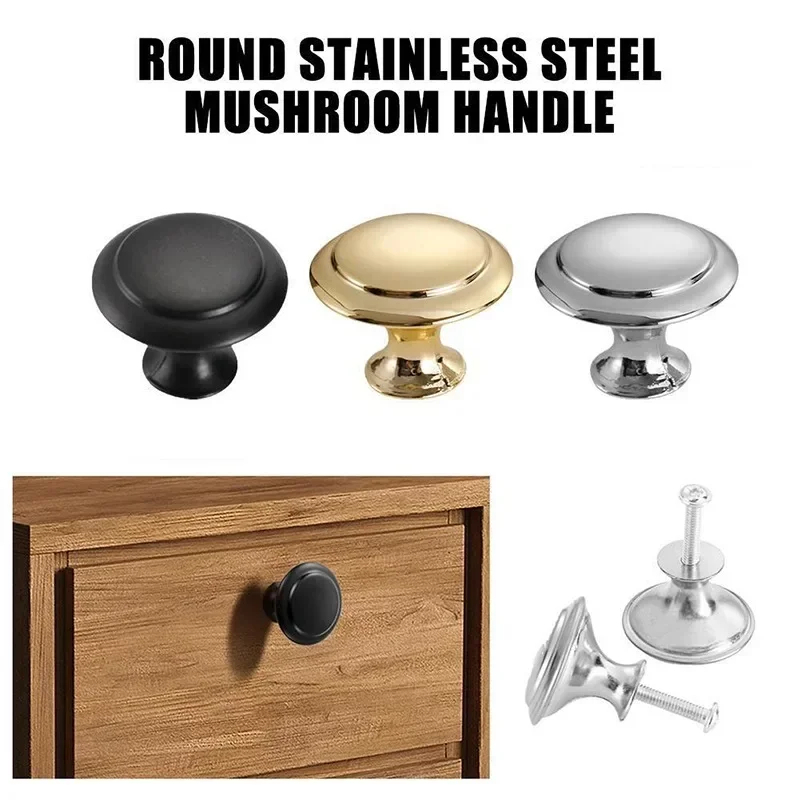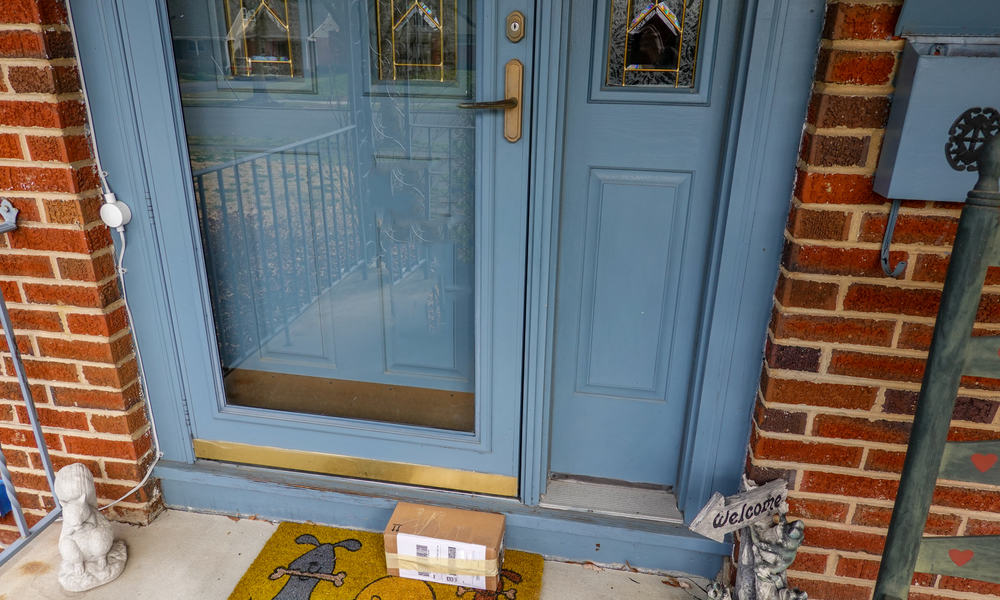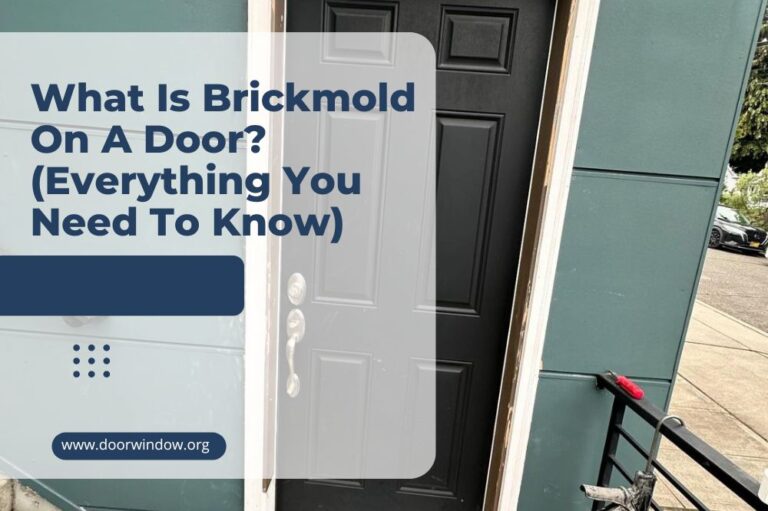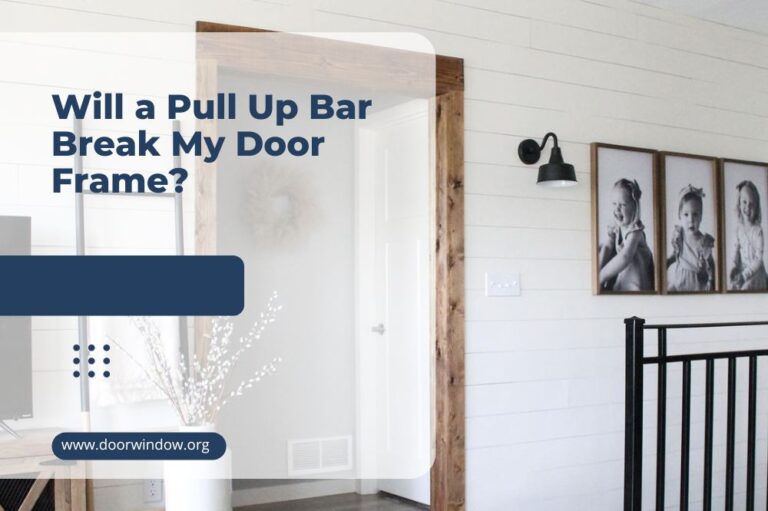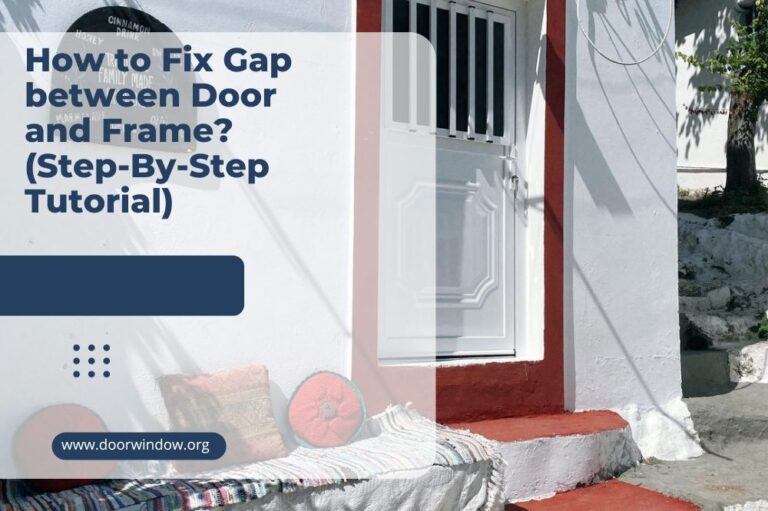How to Measure For a Storm Door? (Step-By-Step Tutorial)

Are you looking for a way to keep bugs out, minimize the effects of inclement weather, improve ventilation, and even reduce cooling and heating costs? Installing a storm window might be the answer.
These days, most come pre-hung making it super easy to mount the door even if you only boast basic DIY skills. The first step though is getting the correct measurements for the door, something you can do easily too. Read on—we’ll show you how to measure for a storm door to achieve the perfect fit.
Tools for storm door measurements
To complete this project, you will need the following tools:
- Tape measure
- Stool or step ladder
- Notebook and pen
Step-By-Step Guide on how to measure for a storm door
You do not need to be a pro to get the correct measurements for a storm door. In fact, the only dimensions you need to capture are the width and height. Provide your local door store with these measurements and they will help you find a suitable door for your specific needs.
Just in case you want ideas on selecting the right door, check out the extended tips section below for some helpful suggestions. For now, let’s get straight to measuring for your new door.
Step 1. Check that you have enough room to mount the door
It is all well and good that you want to install a storm door but is there enough space in your entryway to mount this additional door? Hardware such as doorknobs, mailbox slots, house numbers, and front porch décor can make it difficult to install a door that fits.
- To check that there is enough space, measure the brick molding surrounding your doorframe. Ideally, the molding should measure one-inch-deep by one-inch-wide to accommodate the additional door.
- Be prepared to replace or relocate hardware such as doorknobs and handles if they interfere with the proper closing of the storm door. Something else you should consider is the door swing or the direction the door will open. It is best to pick a door with the hinges placed on the side with the fewest obstructions.
- If there are obstacles such as pillars, exterior lights, and door handles on the left side, opt for a door with hinges on the right side so that the door will open to the right. Order a door with hinges on the left side and opens to the left if the obstacles are on the right side of the door.
Step 2. Measure the width of the door
Once you have determined that there is enough space for the new door, it is time to measure for the width.
- To get started, place one end of the tape measure on the inner left side of the door trim and measure along to the inner right side of the trim. Note the dimensions in your notebook.
- Repeat this process in two other locations i.e. the middle of the entryway and again to toward the bottom. Note these measurements too, then use the smallest one as the width.
It is common for entryways to have varying measurements at the top, middle, and bottom due to factors such as warping of the doorframe. Measuring in all three places will help you to get an accurate average measurement.
Pro tip: A major mistake is measuring from the door frame. Doing this means that you are getting measurements for the main door itself and of course this is not what you want. Be sure to measure from where the storm door will be installed i.e. from inside the trim.
Step 3. Measure the height of the door
Next, determine the height of the door.
- Place one end of the tape measure on the top of the threshold or doorsill and run it up to the underside of the header, also known as the upper trim.
- To be double sure of the measurements, repeat this process on the left side, the middle and right side of the entryway. Note each of the dimensions and use the smallest one as the height of the door.
Step 4. Round off the measurements to full figures
Most storm doors come in several standard sizes giving you a variety of options from which to choose. When shopping for a door, the manufacturer will require full dimensions.
For example, if you found the width to be 35-3/8 inches and the height 79-1/2 inches, round these off to 36 inches and 80 inches respectively. Therefore, you should order a door measuring 36 x 80 inches.
Pro tip: Remember to indicate the side you prefer the hinges to be on. Hinge placement should be on the side with the fewest obstructions to allow easy opening of the door.
That’s all you need to measure for a storm door. What’s left is for you to shop for one that fits your needs. Check out these tips on how to select a storm door:
Extended Tips
What You Need To Know When Choosing A Storm Door
There are a couple of things to keep in mind when shopping for this type of door:
- Material: Most of the doors you will find in the market have an aluminum frame. Aluminum is the preferred choice because it is light, which makes for easy installation but it is also sturdier than wood or vinyl. Remember, you want a door that can withstand adverse weather and has a long life span, so consider going with an aluminum one.
With aluminum doors, you can choose from a variety of thicknesses and colors. If you are on a budget, vinyl might be a good choice but opt for a ‘fade-resistant’ color such as white.
- Full-view vs partial-view style: As you shop around, you will come across full-view and partial-view doors. The full-view type consists of a single glass panel from the top to the bottom of the door and might be a great pick if you want to let in more natural light.
Modern full-view doors have two panes—a movable top pane and a fixed bottom pane. You can slide the top pane down to let in air. An interchangeable screen will pull down to cover the opening left by the glass pane.
Half-view doors feature a glass panel at the top while the other half of the door consists of solid material. Some may also come with a retractable screen.
- Energy efficiency: If you are going to install a storm window, invest in a high-quality one to maximize the benefits. Go for a double or triple pane door as these have a low emissivity value. they prevent heat transfer in an out of the house. The energy-saving benefits add up, especially if you are looking to install a storm door over an older door.
- Swing direction: Swing refers to the direction the door opens. Many storm doors are reversible and can open on either the right or left side. It is common to have a storm door that opens in the same direction as the main door. If you want a left opening door, for example, look for one with a handle on the left side when you are facing the door from outside the house.
- Design: If you have an eccentric taste, you don’t have to be stuck with a door with plain panels. Manufacturers offer various designs including stained glass, frosted, etched styles, and more. These might have a slightly higher price than plain glass, but the aesthetic value and resulting curb appeal offer bang for your buck.
How To Choose A Storm Door That Fits
Measuring correctly will go a long way in helping you buy a door that fits. That being said, take these extra steps to get the most from your new door:
- Match your door measurements to the manufacturer’s size range: When you are ready to order for a door, pick your preferred manufacturer, obtain their door size guide, and match your door measurements to the size guide to find a suitable standard-sized door.
- Consider customizing your door: If you can’t find a standard size door, for example, if you have an extra-large entryway, your next best option might be to order a custom door from your manufacturer. Keep in mind that you might have to shell out a few more dollars for a customized door.
- Inspect the hardware: Before you buy the door check that parts such as the latches, hinges, closers, and stoppers work correctly. If any of these don’t work properly, the door will likely not be a good fit for your entryway.
An Easy Project For Any DIY Beginner
As you can see, measuring for a storm door is quite a breeze. All that is needed is to get the width and height dimensions but just remember to measure from the trim and not the main door. Once you have your dimensions, compare these to your door manufacturer’s size chart to order the perfectly fitting door.
Have you tried to measure for and install a storm door? Leave your questions or comments below—we’d love to hear from you!

